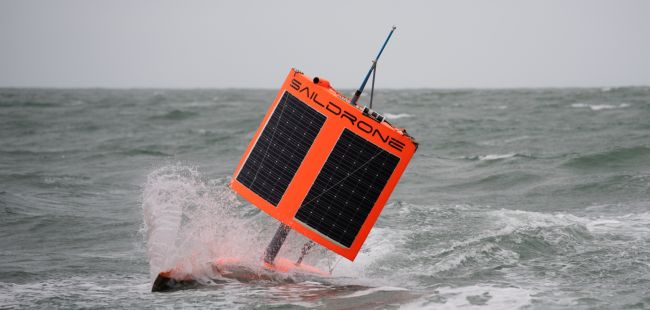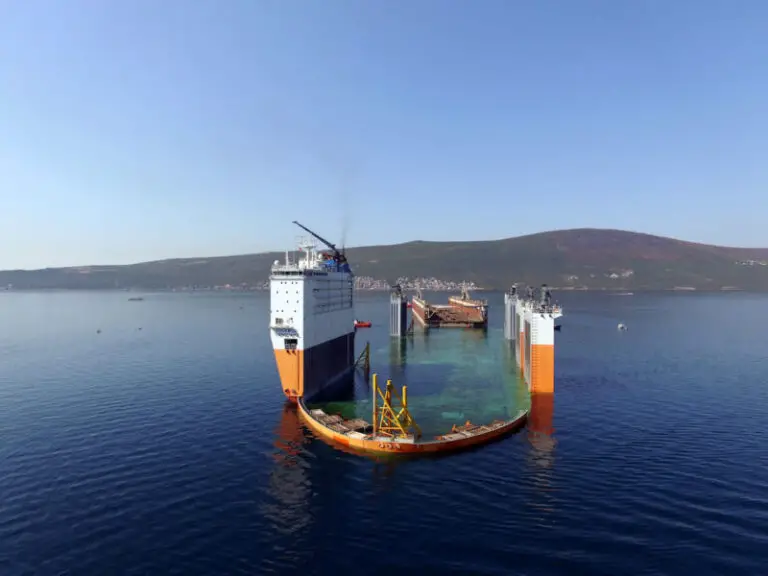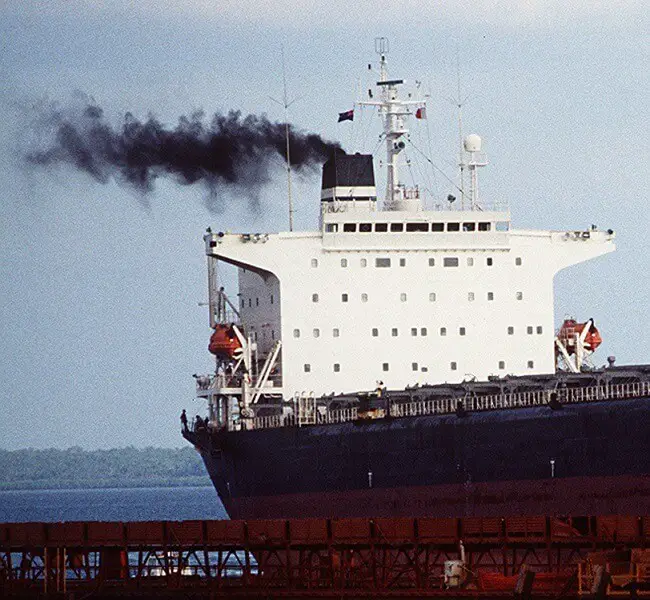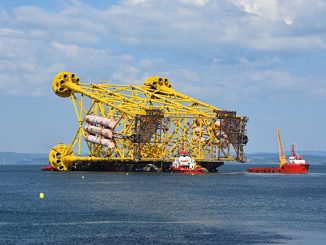Sailing Drone Completes World’s First 196 Day Voyage To Antarctica

Sailing Drone Completes World’s First 196 Day Voyage To Antarctica
An unmanned sail drone was sent on a 13,670-nautical-mile journey around Antarctica alone in winter, at the mercy of the most hostile seas on the planet.
“The assumption was the Southern Ocean would eat the sail drone… and that would be that,” said NOAA oceanographer Adrienne Sutton. “But we were willing to try, given the large role the ocean plays in the trajectory of climate change. Getting the Southern Ocean’s carbon balance right is urgently important.”
Saildrone 1020 completed its mission on August 3 having successfully collected oceanic and atmospheric carbon dioxide measurements with an instrument developed by NOAA’s Pacific Marine Environmental Laboratory even after a run-in with an iceberg that wrecked some of its sensors.
This voyage of 196 days was the world’s first autonomous circumnavigation of Antarctica, a technological feat that was unfathomable just a decade ago.
Related News: Sailor’s Society Recognises Toll ‘Life At Sea’ Can Have On Seafarers’ Mental Health
An arduous journey around the end of the world
On January 19, 2019, Saildrone 1020 offsite link and two counterparts launched from Point Bluff, New Zealand, on a mission funded by the Li Ka Shing Foundation. The three saildrones collect and transmit a range of data offsite link on weather, seal and krill populations, and levels of carbon dioxide, CO2, in the air and water.
The scientists recently assumed that the Southern Ocean steadily absorbed large volumes of CO2 from the atmosphere which was a big contributor to the entire ocean’s uptake of up to 40 percent of the greenhouse gases driving global warming.
However, scientists also had the knowledge of shifts in winds and circulation around Antarctica could alter CO2 uptake from the atmosphere, and recent measurements from instrumented Argo floats offsite link showed that under certain conditions the Southern Ocean could emit CO2 instead of absorbing it. But researchers had yet to sample vast areas, especially during stormy autumn and winter seasons.
After leaving New Zealand, it was pounded with a storm, Saildrone 1020’s partners, Saildrones 1022 and 1023, were soon forced to return to port for repairs, while Saildrone 1020 pushed on through roaring winds and giant waves.
On April 5, navigating east of the Drake Passage, a collision with an iceberg damaged its atmospheric sensors and onboard camera but left the carbon dioxide sensor intact.
“On four previous voyages in the Southern Ocean, the wings on our saildrones broke after just a few days, so we went back and built something we thought was indestructible,” said Saildrone founder and CEO Richard Jenkins. “It was a long shot, but it worked out exactly as we hoped.”
It was suggested by preliminary results that parts of the ocean identified by the floats as potential CO2 sources were indeed emitting the greenhouse gas during winter months. Saildrone 1020 also got close enough to one of the floats to allow scientists to compare their CO2 measurements, a valuable cross-check of different robots and observing techniques.
“It was a high-risk, high reward kind of deployment,” Sutton said. “We weren’t sure it was going to make it.”
Reference: noaa.gov







